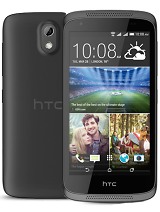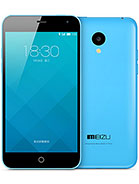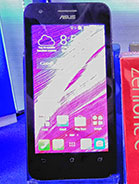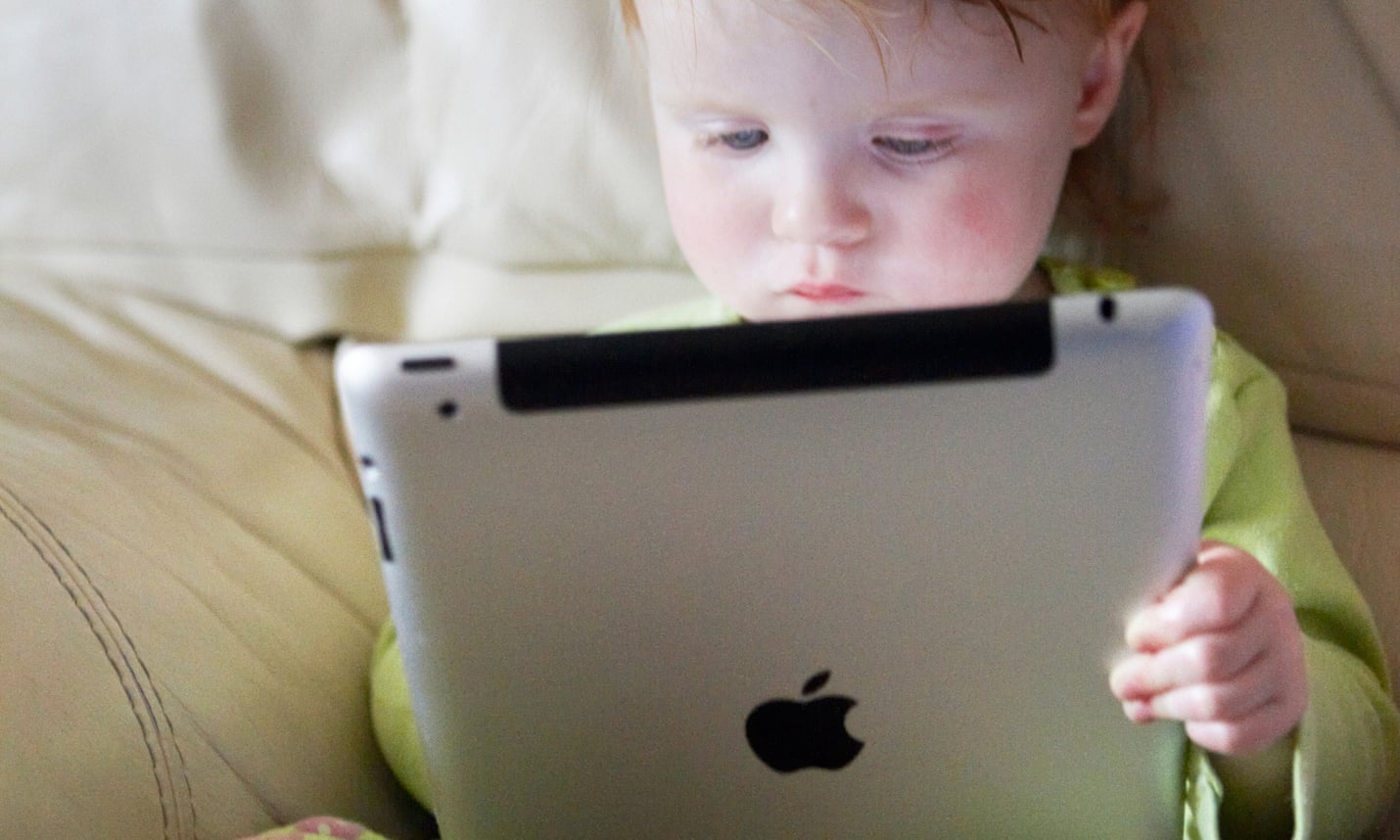Day by day, the pieces of the Samsung Galaxy S6 are coming together. The latest evidence of the phone's alleged specs comes from Indian import tracking website Zauba, which lists that two units of the phone have entered the countries for testing and evaluation purposes. The units carry the model number SM-G920A and packs a 5-inch display.

That's 0.1 inches smaller display than the outgoing Samsung Galaxy S5, which will be the first time in the flagship's history its display has shrunk. In any way, previous evidence from the Samsung UAProf webpage confirms the phone will pack a QHD resolution.
The Zauba page also reveals the phone's import price, which is $405 (INR 25,169). However, that won't bee the phone's price given that recent history. Additional specifications of the phone entail an Exynos 7420 chipset with octa-core CPU, 3GB of RAM, and 20MP camera.
A couple of days ago, we caught a glimpse of the phone in an allegedly official case images from Spigen. The case maker outed four cases for the phone showing its back with the camera and heart rate sensor location. Furthermore, back texture looks to stay the same as the Galaxy S5.
The Galaxy S6 is rumored to pack a metal frame, akin to the Galaxy Alpha. Yesterday, schematics of the phone's design popped up revealing the exact dimensions of the device - 143.5 x 70.7 x 7.2mm. If true, then the phone is a tad taller, but narrower and quite thinner than the Galaxy S5 (142 x 72.5 x 8.1mm).
We'll have all of the Galaxy S6 information once the phone goes official. Samsung is expected to make it so at MWC in Barcelona at the beginning of March.









